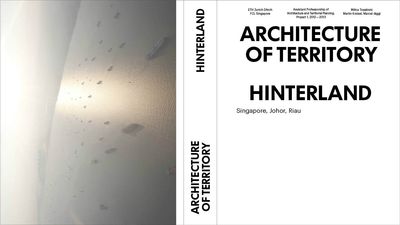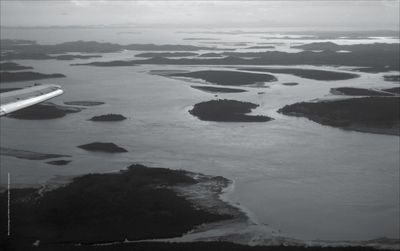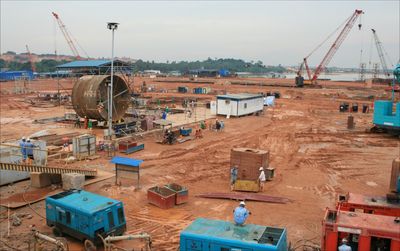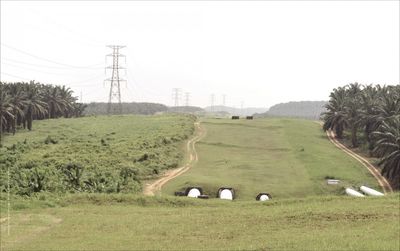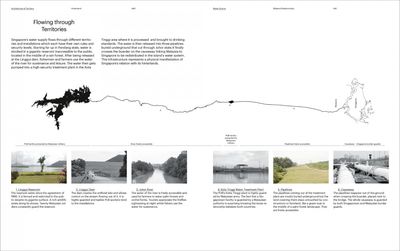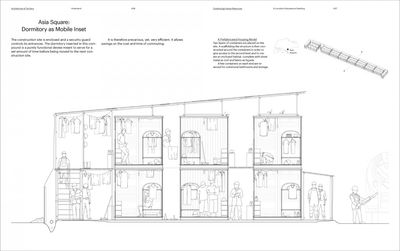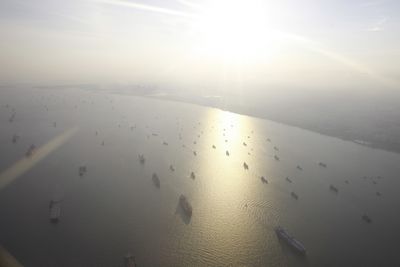Hinterland: Singapore, Johor, RiauMilica Topalović with Marcel Jäggi, Martin Knüsel, and Stefanie Krautzig
Throughout history, cities have functioned as centres of political and economic power, from which the agricultural and resource-rich hinterlands were controlled. From the nineteenth century onward, new technologies, transportation modes and the opening of trade have introduced a remarkable complexity to the relationship between cities and territories. Today, it is often thought that cities rely decreasingly on surrounding territories for supply and subsistence. Instead, they seem emancipated from the constraints of geography, operating in a global web of dependencies. By contrast, the research presented in this book is based on a hypothesis that an understanding of the city-territory relationship, the ability to conceptualize it in qualitative terms, and to influence it by means of planning and design strategies, is central in addressing urban sustainability.
Singapore’s hinterlands in the tri-national region of Singapore, Malaysian State of Johor and Indonesian Riau Archipelago served as the paradigmatic research case. At first glance, the island city-state of Singapore is the city without territory. Certainly, it is the city whose production grounds and vital resources lie beyond national borders. The economic incorporation of hinterland territories in Malaysia, Indonesia, Southern Asia and beyond, have remained both a necessity and a profitable opportunity for Singapore.
The book is an extensive, well-documented and illustrated report on field investigations and studio work, carried out with fourteen students of the ETH Department of Architecture in two design-research semesters in 2012. Our cross-border expeditions in the fragmented tri-national space of Singapore-Johor-Riau enabled a collection of numerous original case studies, which create an alternative portrait of Singapore. The studies do not represent the accustomed view of Singapore as an island developed on the paradigm of a global city-state, but as a city whose present and future are tightly connected to its metropolitan region. Beyond the specific case, the book is a rich resource for redefining the notion of the hinterland at the start of the twenty first century.
